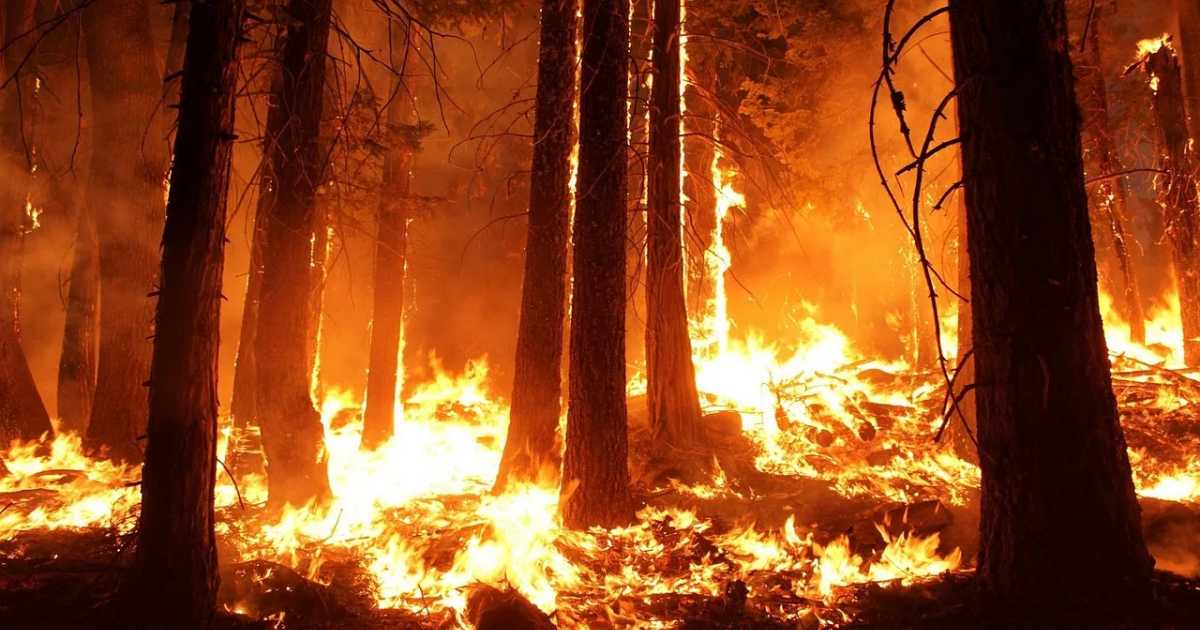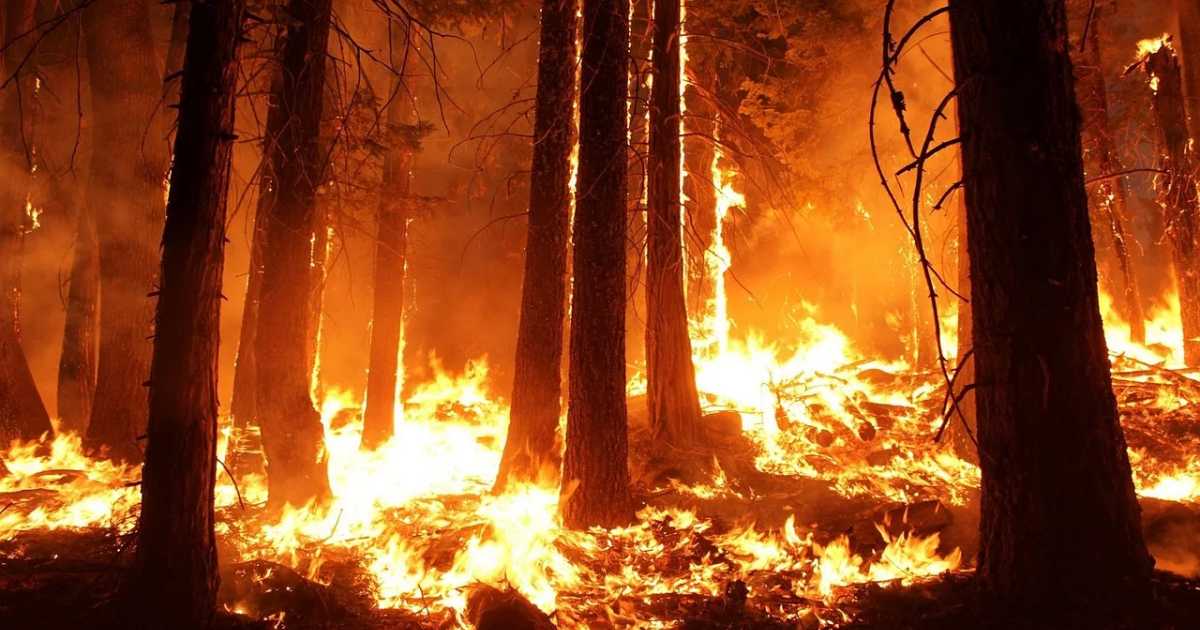A recently published report summarises the impact of Australia's recent bushfire crisis on telecommunications services.

Telecommunications in Australia aren't just about staying connected to family, friends and colleagues. It's also much more than just convenience, entertainment and business; but also safety in what can be a harsh country - being able to access important information from sources such as the Bureau of Meteorology and state disaster services. Staying connected during natural disasters can literally be a life and death situation.
During the recent bushfire crisis, many Australians in fire zones found themselves without telecommunication services.
In February this year, the Australian Communications and Media Authority (ACMA) kicked off a review into the impact of the 2019-20 summer bushfires on the networks of major telcos as part of a broader Morrison Government review.
A key finding of the review was that the vast majority of network outages were due to loss of power rather than fire damage - just 1% fell into the latter category. While backup power was generally available for all facilities that saw outages, various issues such as system backup configuration, battery condition and availability of fuel for generator powered sites impacted their ability to keep operating.
Some statistics regarding the outages:
- 1,390 facilities were either directly impacted by fire damage or indirectly impacted by power outages or other factors.
- 23 percent of these impacted facilities avoided outages, while 26 percent experienced outages of less than four hours. 51 per cent experienced outages of four hours or more.
- The median length of outages examined during the review was 1.6 days.
Of the 888 outage incidents of four hours or more during the review period, 57 per cent (509) involved fixed-line networks and 36 per cent (322) were associated with mobile networks. The remaining 7 per cent hit fixed wireless networks and other facilities.
The report does not make any recommendations - it is confined to considering impacts associated with the bushfires between 19 December 2019 and 31 January this year .
Commenting on the report, Minister for the Department of Communications and the Arts Paul Fletcher pointed out no telecommunications network can be totally impervious to damage or destruction; but acknowledged there was room for improvement.
"While the combination of mobile, fixed line, satellite connectivity and temporary facilities means we are better placed to keep communities connected than 20 or 30 years ago, it is important that we maintain focus on improving the resilience and redundancy of networks to support continuity of service for Australians during emergencies,” he said.
The ACMA review report can be downloaded here.



